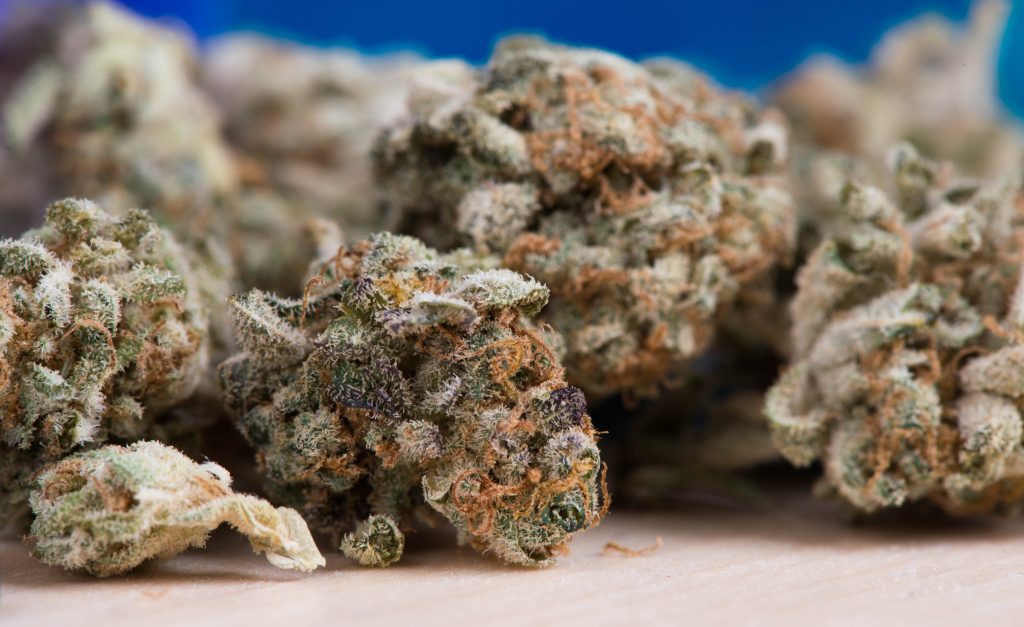I. Introduction
Magic mushrooms have garnered significant attention for their potent psychedelic effects. However, a growing community of users and researchers are turning their focus towards “microdosing” — taking small, sub-perceptual doses of these mushrooms. In this article, we’ll explore why microdosing might offer unique advantages over traditional macro dosing Microdosing Mushroom Capsules by Hey Sero.
II. The Subtle and Sustained Benefits of Microdosing
Microdosing involves taking approximately one-tenth of a typical “trip” dose to experience subtle but tangible enhancements in mood, cognition, or creativity without the intense psychedelic effects. Many users report increased focus, energy, and emotional balance with regular microdosing.
Notably, the benefits of microdosing can be sustained over time, with users reporting ongoing improvements in mental well-being. This contrasts with macro doses, where the benefits may be profound but is typically limited to the duration of the trip and a short period after that.
III. Avoiding the Risks and Challenges of Macrodosing
Macrodosing, or taking a total psychedelic dose of magic mushrooms, can be an intense experience, often leading to significant alterations in perception, thought, and emotion. While these experiences can be profoundly meaningful and therapeutic, they can also be challenging and potentially distressing, especially for inexperienced users or unsupportive environments.
Microdosing, on the other hand, offers a gentler approach to exploring the potential of magic mushrooms. It can provide many benefits associated with psilocybin, such as improved mood and increased creativity, without the risks and potential discomfort of a psychedelic experience.
IV. Microdosing for Personal Growth and Mental Health
Microdosing magic mushrooms is increasingly being explored for its potential to foster personal growth and manage mental health conditions. Preliminary research and numerous anecdotal reports suggest regular microdosing can help alleviate symptoms like depression, anxiety, and ADHD.
Microdosing can foster personal growth by promoting increased self-awareness, empathy, and open-mindedness. These effects can lead to better interpersonal relationships and an improved outlook on life, benefits that can be maintained with regular microdosing.
V. The Future of Microdosing Research
The field of microdosing research is still in its infancy, and we still need to learn much about the long-term effects and optimal protocols for microdosing. However, early investigation and a growing body of anecdotal reports suggest that microdosing magic mushrooms holds great potential.
As we continue to study this practice, we may find that the subtle, sustained benefits of microdosing offer a uniquely powerful approach to unlocking the therapeutic potential of psilocybin, potentially surpassing the advantages of macrodosing.
VI. Conclusion
While the profound experiences induced by macro doses of magic mushrooms can be valuable and therapeutic, the gentler microdosing approach offers unique advantages. By providing subtle, sustained benefits and minimizing the risks and challenges associated with macro dosing, microdosing magic mushrooms may offer a more accessible and manageable way to tap into the potential of these fascinating fungi.

